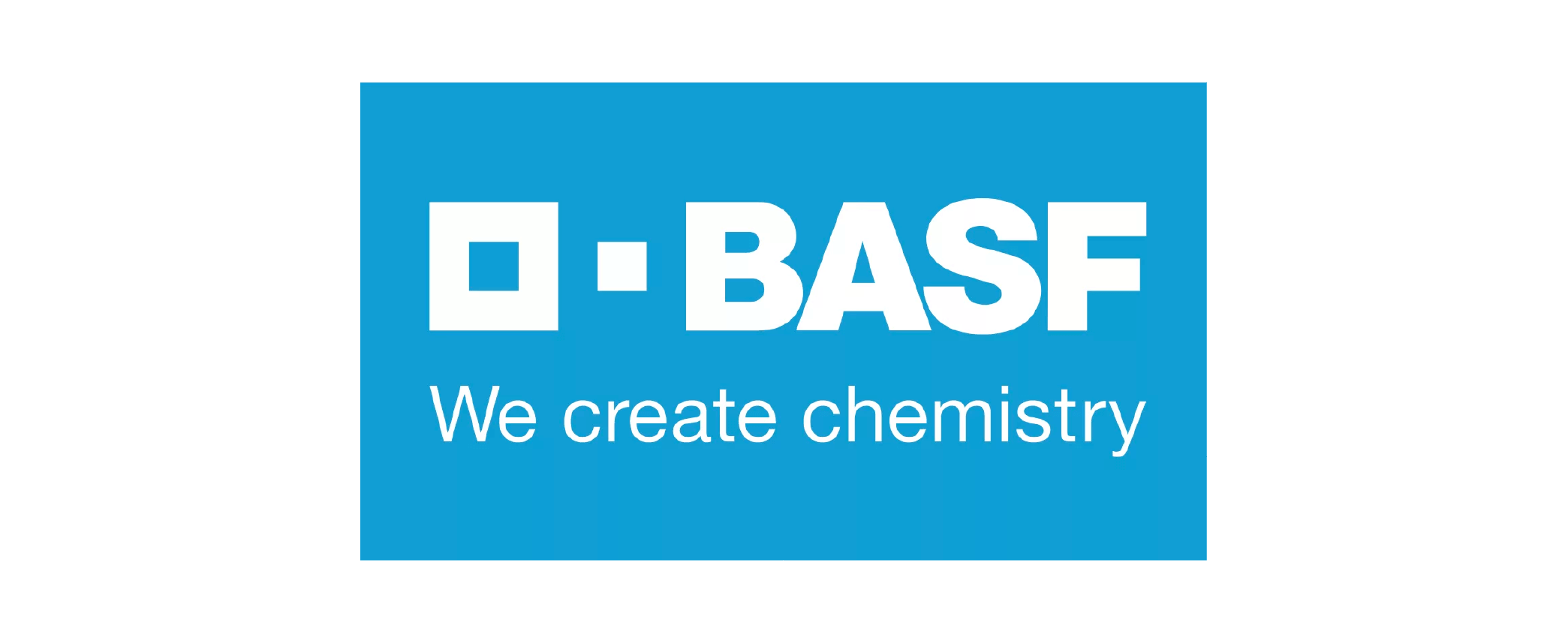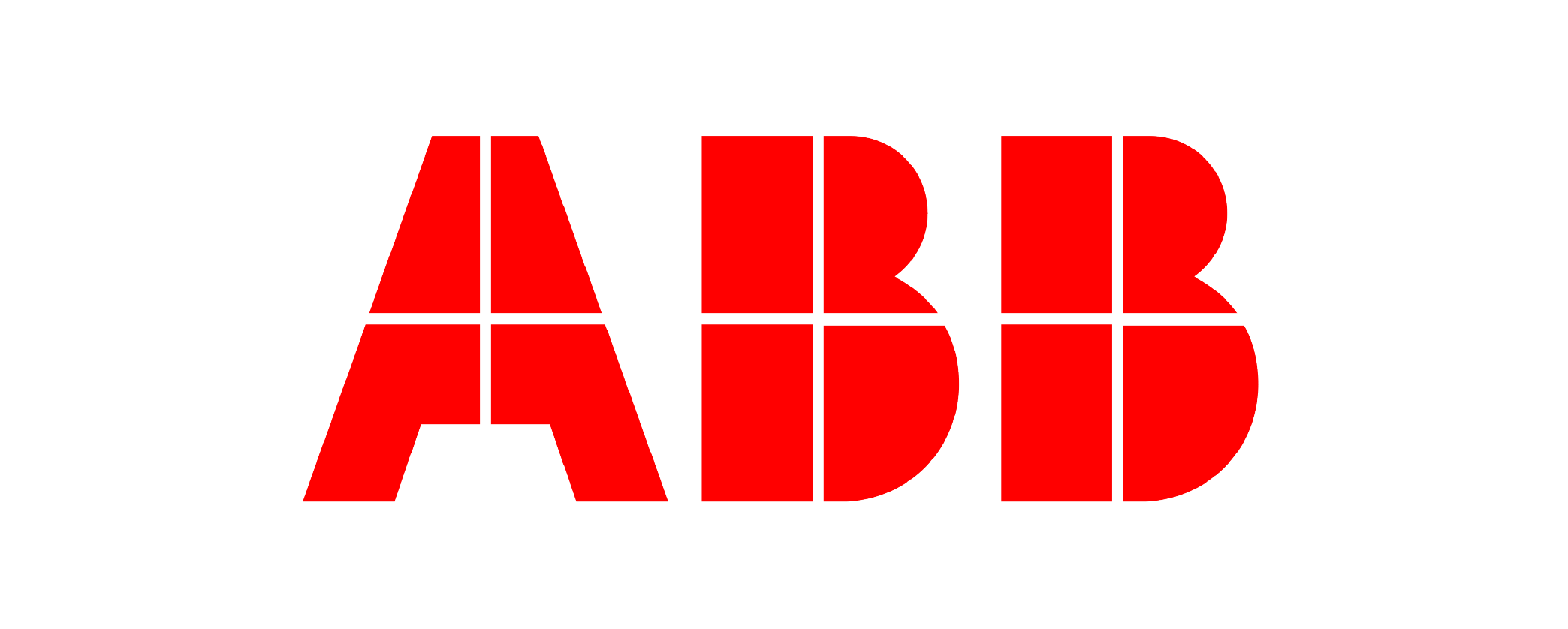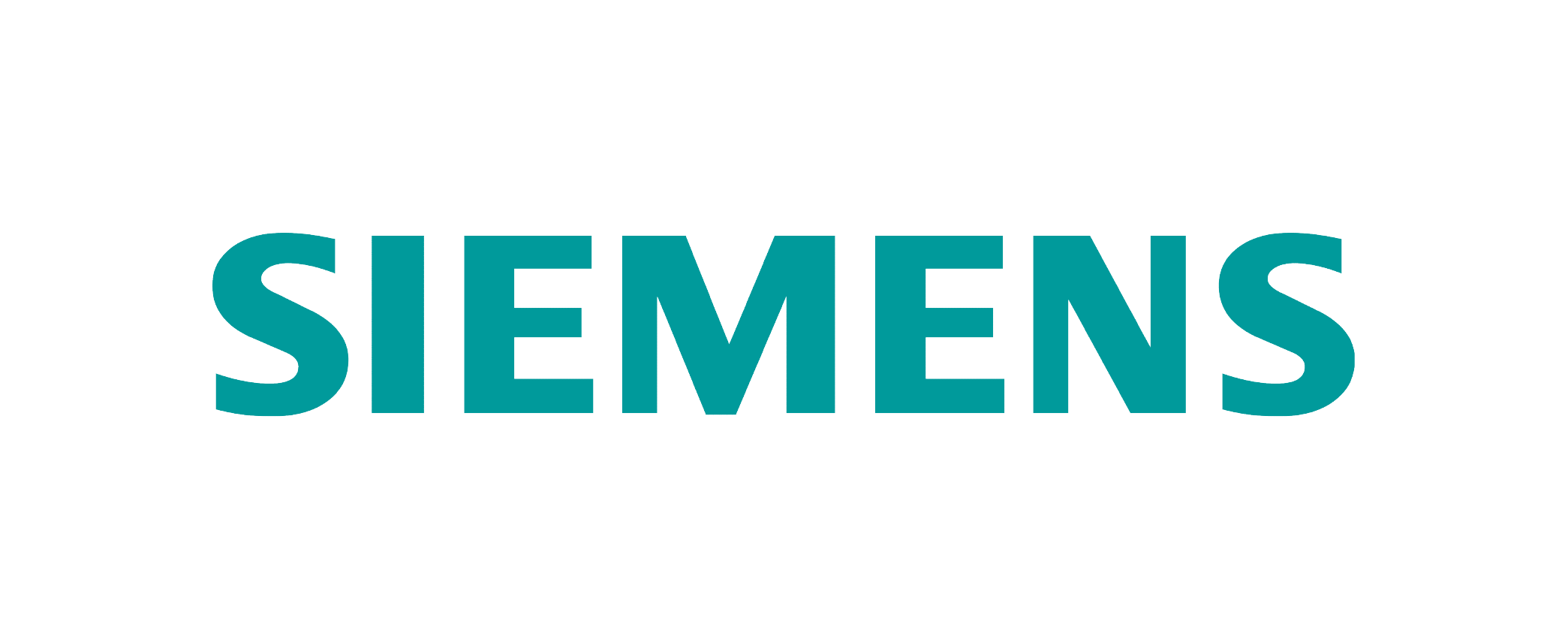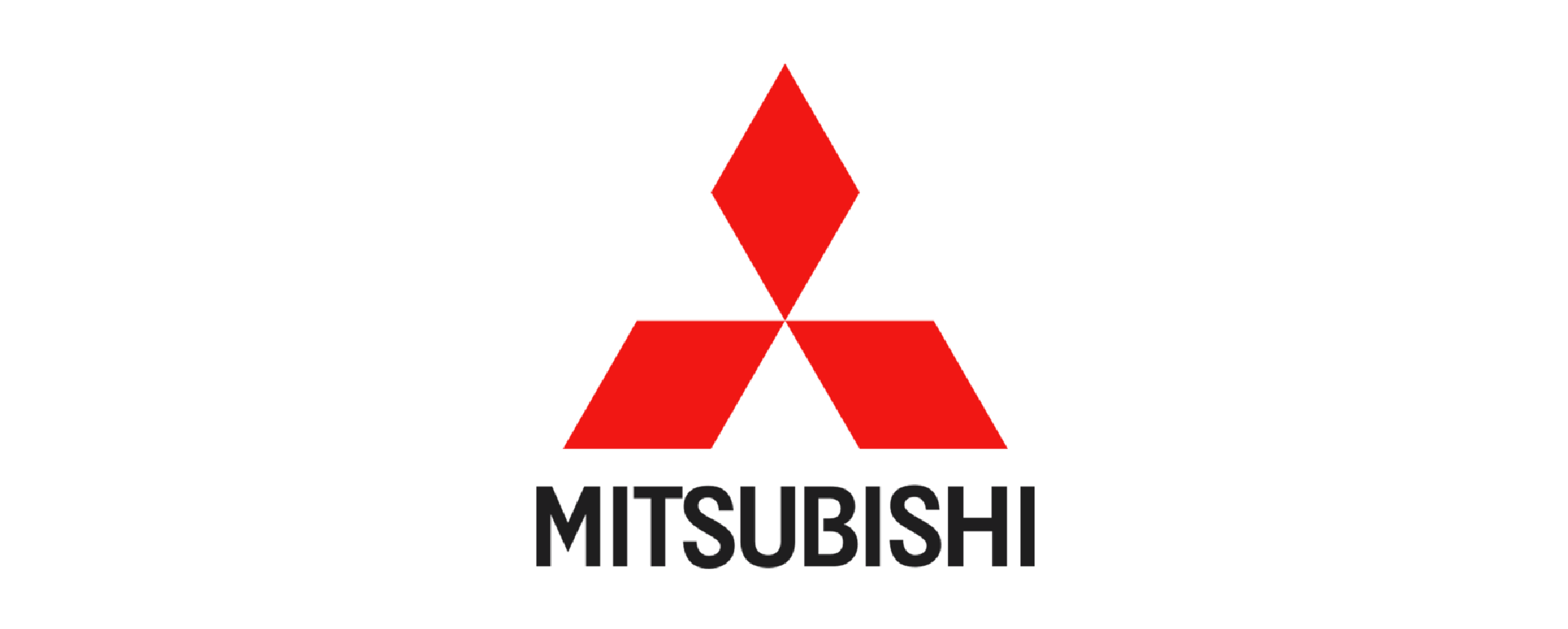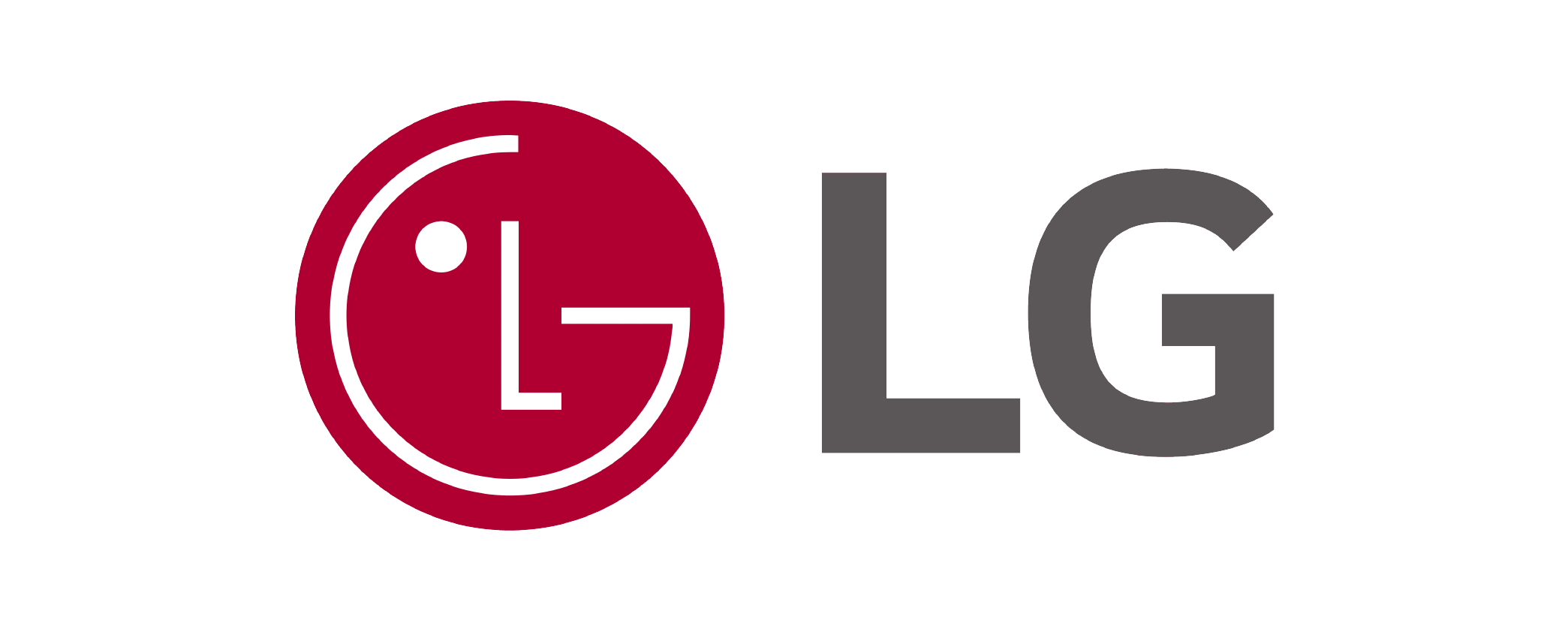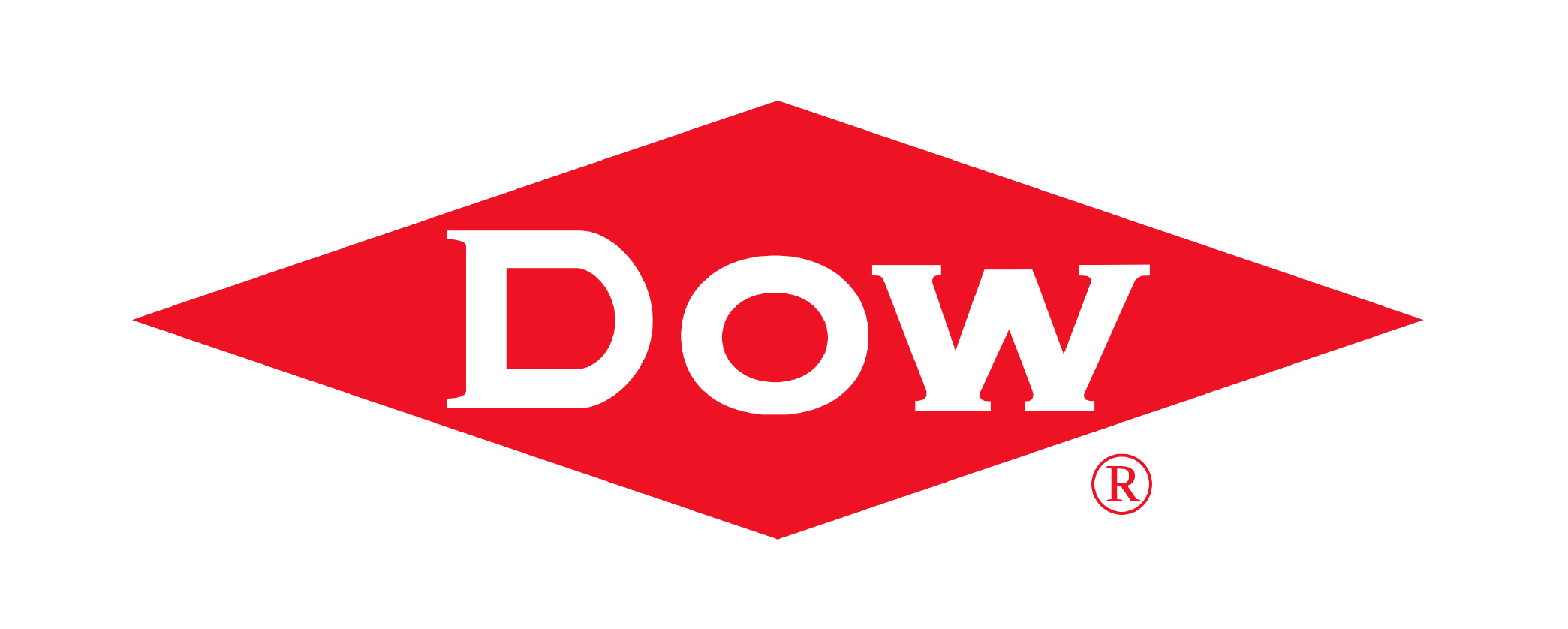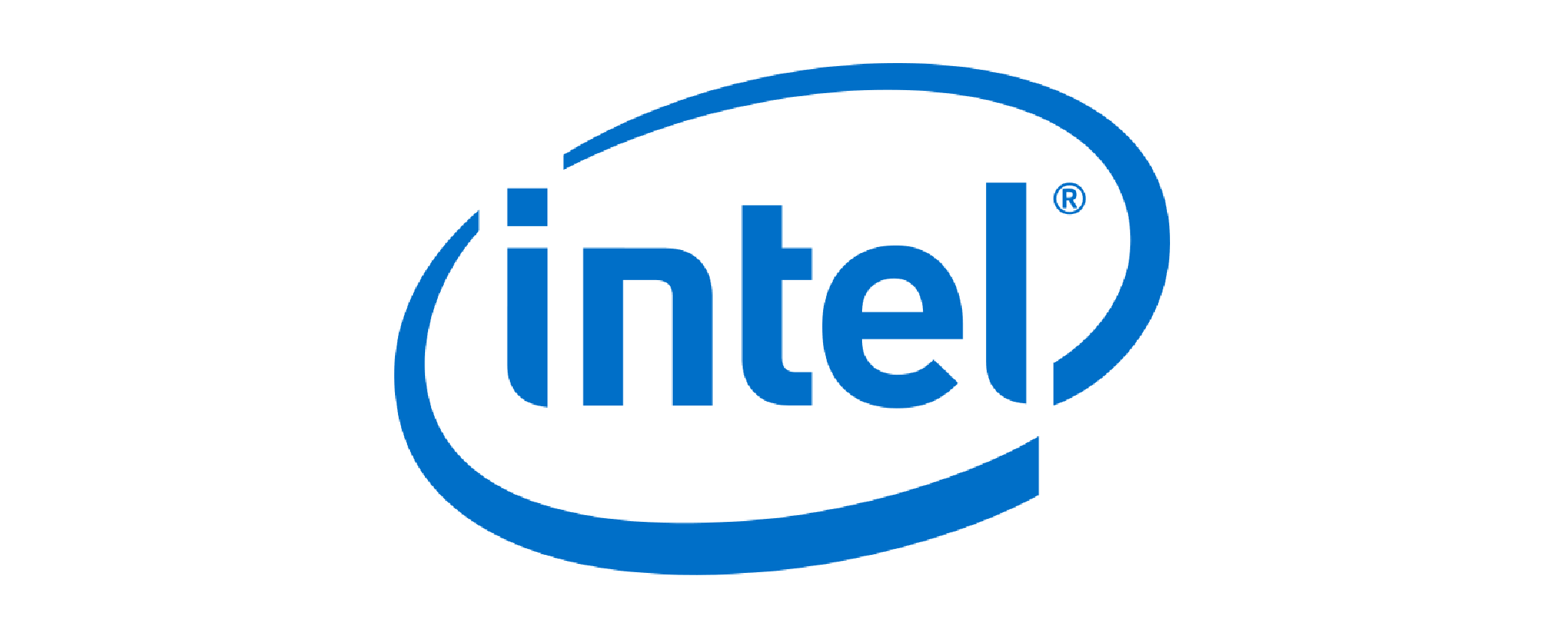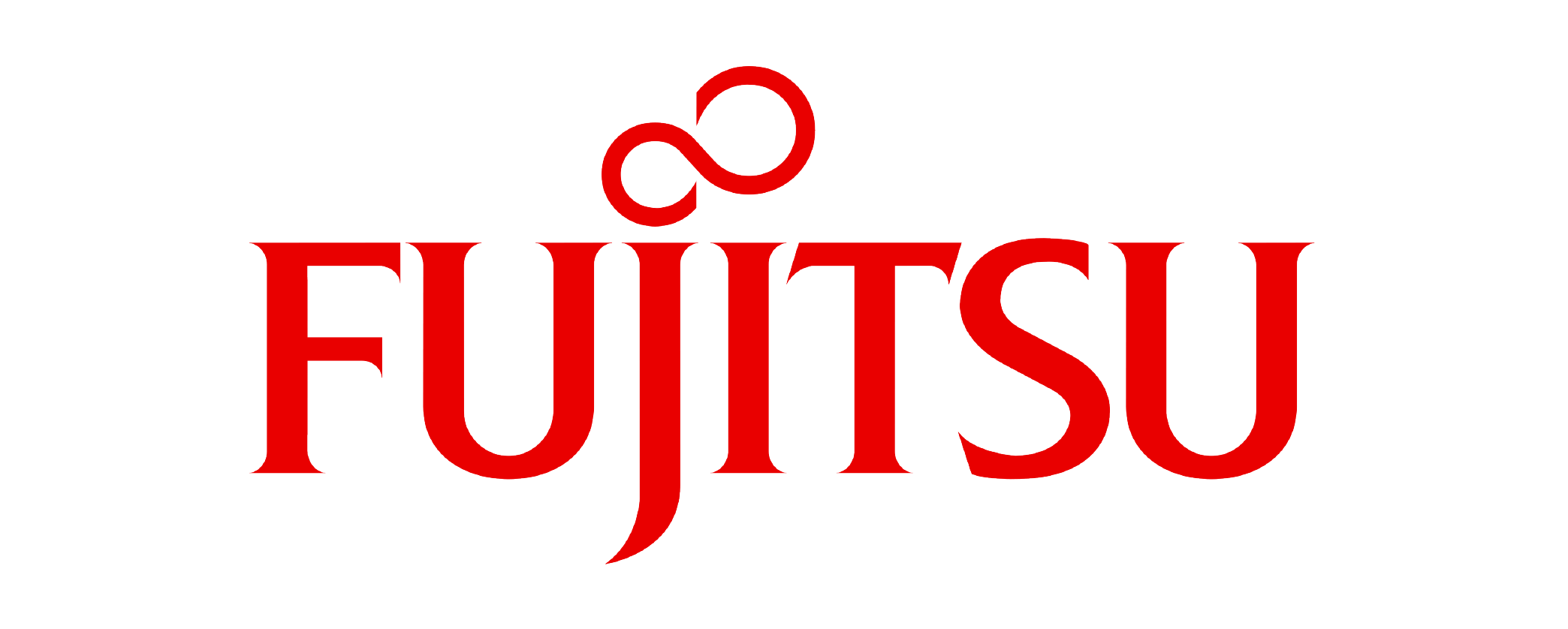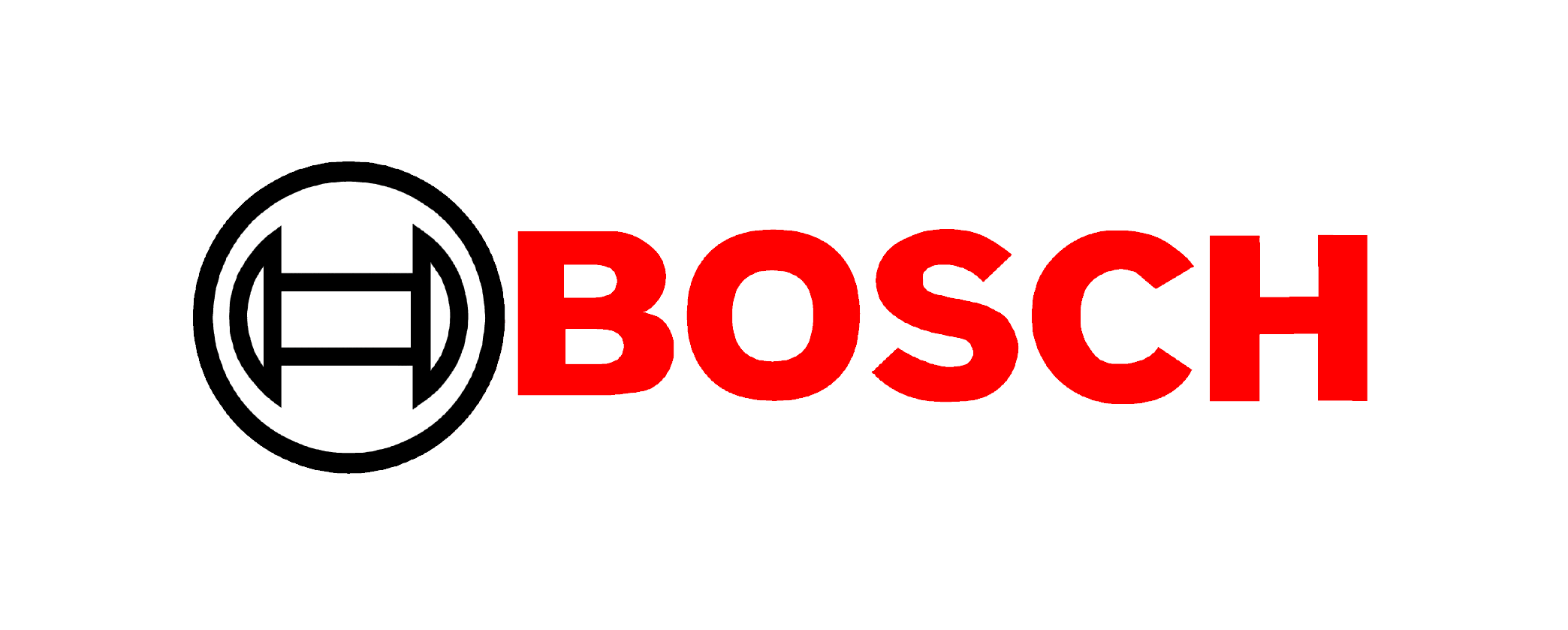The global Slacklining Market size was valued at USD 150 Million in 2024 and is projected to expand at a compound annual growth rate (CAGR) of 9% during the forecast period, reaching a value of USD 300 Million by 2032.
The "Slacklining Market Research Report" from Future Data Stats offers a comprehensive analysis of the Market landscape, leveraging historical data from 2021 to 2023 to highlight significant trends and growth patterns. With 2024 as a baseline year, the report examines consumer behaviors, compitive dynamics, and regulatory influences shaping the industry. Going beyond basic analysis, it provides a well-researched forecast for 2025 to 2033. Utilizing advanced data analysis techniques, the report outlines the Market growth path, identifies emerging opportunities, and anticipates potential challenges, equipping stakeholders with essential insights to navigate the evolving Market environment effectively.
MARKET OVERVIEW:
The purpose of the slacklining market centers on supporting balance-focused physical activity by providing specialized gear and accessories for both casual users and professional athletes. Brands in this space aim to promote physical wellness, agility, and outdoor recreation through easy-to-use slackline setups that can be installed in parks, gyms, backyards, and natural environments. As more people seek engaging and low-cost fitness alternatives, the market continues to offer products that meet recreational, competitive, and therapeutic needs. Slacklining equipment manufacturers and retailers also strive to grow awareness and accessibility of the sport. By offering starter kits, guided training content, and community events, they introduce slacklining to a wide range of demographics, from children to adventure enthusiasts. The market not only enables physical activity but also fosters a sense of focus, coordination, and mental resilience among users.
MARKET DYNAMICS:
Brands in the slacklining market now focus on innovation, blending traditional setups with smart technology. Recent trends show a rise in app-connected slacklines that track user progress and provide training feedback. At the same time, eco-friendly materials are gaining attention, with manufacturers using sustainable webbing and packaging to appeal to conscious consumers. Urban slacklining continues to grow, especially with influencers showcasing creative tricks in public spaces, driving youth interest and brand collaborations. Looking ahead, the market shows strong potential in education, therapy, and fitness industries. Schools increasingly adopt slacklining as part of physical education programs, while wellness centers explore its use in balance therapy and rehabilitation. Business scope is also expanding into travel and tourism, with adventure parks and resorts offering slacklining as part of outdoor experiences. As awareness spreads, companies that invest in safety innovation, instructional content, and global distribution stand to gain lasting market presence.
As more individuals seek thrilling activities, slacklining has emerged as a unique way to enhance balance, focus, and physical fitness. Additionally, social media plays a significant role in promoting this activity, as enthusiasts share their experiences and techniques online, inspiring others to try it. Furthermore, the rise of fitness awareness among younger generations fuels demand for innovative training tools, with slacklining positioned as an effective way to engage both body and mind. However, the slacklining market also faces certain challenges. Safety concerns, particularly for beginners, may deter potential participants. The perception that slacklining requires specialized skills can limit its appeal to a broader audience. On the other hand, opportunities abound in expanding educational programs and workshops that teach proper techniques and safety measures. By addressing safety concerns and fostering community engagement, the slacklining industry can cultivate a larger, more diverse audience while promoting the benefits of this exciting activity.
SLACKLINING MARKET SEGMENTATION ANALYSIS
BY TYPE:
Tricklining continues to dominate the slacklining market due to its high visual appeal and compatibility with social media-driven content. Athletes performing flips, jumps, and dynamic stunts attract large online followings, encouraging a new generation of participants. This sub-segment thrives particularly in urban areas and public parks where spectators can easily gather, fueling grassroots popularity. Longlining holds a solid position in the market, drawing in enthusiasts who enjoy extended lines and endurance balancing. The meditative, technical nature of longlining appeals to experienced users who seek challenges beyond short distances. Events and community meet-ups focused on longline crossings continue to raise its profile among dedicated slackliners and adventure sport lovers.
Highlining, while niche, has surged in visibility due to high-stakes performances across canyons and skyscrapers. This segment grows through viral content and documentaries that highlight the thrill and danger involved. Safety advancements and improved gear also contribute to its expansion, attracting thrill-seekers and professionals alike.
BY MATERIAL:
Nylon leads the material segment, offering flexibility and stretch preferred by trickliners and dynamic slackliners. Its shock-absorbing properties make it ideal for acrobatic stunts and energetic movements, while its durability ensures long-term use in various outdoor conditions. Nylon’s popularity persists due to its blend of comfort and strength. Polyester remains a key material for longliners and highliners who prioritize stability over stretch. With minimal elongation, polyester webbing delivers a more controlled and consistent feel. The material also resists UV damage and weathering, making it a practical choice for users who slackline in rugged environments or for extended periods.
Webbing blends, combining nylon and polyester properties, continue to gain traction among multipurpose users. These hybrids provide a balance of elasticity and control, making them suitable for both recreational and professional slackliners. Manufacturers increasingly adopt blended materials to cater to evolving preferences and hybrid applications.
BY COMPONENT:
Slackline kits dominate sales due to their convenience and appeal to beginners. These all-in-one solutions simplify entry into the sport, offering users a complete set with instructions. Retailers often feature kits as starter products, boosting market penetration and enabling more people to try slacklining with minimal hassle. Webbing remains the core functional element and sees high demand for replacements and upgrades. Advanced users prefer specialized webbings tailored to their specific slacklining styles, such as tubular or flat webbing for different tensioning needs. The market thrives on innovation in webbing design and texture.
Ratchets, essential for tensioning, continue to hold market value as both stand-alone products and kit components. Improved ratchet designs focusing on safety and ease of use have increased consumer trust. Brands introducing ergonomic and rust-resistant models further drive ratchet sales.
BY APPLICATION:
Recreational slacklining accounts for the bulk of market activity, as casual users embrace it as a fun, low-barrier outdoor activity. Parks, backyards, and beaches often host slackliners who use basic setups for play and relaxation. The segment benefits from community outreach and public installations. Fitness and training use grows steadily, with slacklining integrated into routines targeting balance, core strength, and coordination. Trainers and gyms include slacklining in cross-training and rehab programs. As functional fitness gains ground, this segment expands through personal trainers and group classes.
Sports and adventure use pushes boundaries with professional athletes and adrenaline junkies incorporating slacklining into extreme sports. Competitions, festivals, and brand-sponsored events give slacklining a spotlight, attracting more skilled participants and media coverage. This segment enjoys crossover appeal with climbing and parkour communities.
BY END USER:
Individuals remain the largest end-user group, making personal purchases for casual use or self-directed fitness. Their choices influence design and pricing trends, as brands tailor offerings to consumer preferences. The accessibility of online tutorials and kits fuels growth among solo slackliners. Clubs and sports organizations expand the market by institutionalizing slacklining within team training and social activities. These groups often purchase higher-end setups for communal use, encouraging skill-building and safe practice. Club networks foster recurring demand for gear upgrades.
Schools and institutions invest in slacklining to support physical education and youth development programs. Slacklining teaches focus, balance, and coordination in a safe, structured setting. Adoption by educational facilities introduces the sport to younger audiences and cultivates lifelong interest.
BY DISTRIBUTION CHANNEL:
Online retail leads the distribution landscape, offering unmatched variety and convenience. E-commerce platforms and brand websites allow customers to browse, compare, and order slacklining gear globally. Online tutorials and product reviews further boost consumer confidence and purchase rates. Offline retail retains strength, especially through specialty stores and outdoor gear shops where customers prefer in-person evaluations. These outlets often provide expert advice and let users physically examine product quality before purchase. Tactile experience and instant availability support this channel’s relevance.
Specialty and sports stores cater to experienced slackliners and enthusiasts seeking advanced gear and expert recommendations. These outlets also host community events and demos, creating a personalized shopping experience. Their curated product range appeals to discerning buyers seeking performance and reliability.
REGIONAL ANALYSIS:
In North America, the slacklining market benefits from a strong outdoor culture and widespread fitness awareness. The United States and Canada lead with high adoption among youth, fitness enthusiasts, and adventure athletes. Frequent competitions, brand-sponsored events, and the presence of established sports retailers support steady demand. Public parks and urban spaces also embrace slacklining as part of community wellness initiatives, further reinforcing market growth. Schools and recreation programs increasingly include slacklining for balance and agility training, expanding its reach among younger demographics.
Europe continues to show robust market development, especially in Germany, France, and the UK, where outdoor activities and alternative sports enjoy mainstream popularity. Asia Pacific is emerging rapidly, driven by rising fitness trends in countries like Japan, China, and Australia. Latin America’s growth remains steady, with Brazil and Argentina showing increased slacklining activity, especially in adventure tourism regions. In the Middle East and Africa, the market is still developing but sees growing interest through resort activities and youth programs, especially in the UAE and South Africa. Regional growth patterns reflect a blend of cultural adoption, government support for active lifestyles, and access to modern recreational infrastructure.
MERGERS & ACQUISITIONS:
- In Jan 2024: Slackline Industries acquired Balance Tech to expand its product portfolio.
- In Feb 2024: Gibbon Slacklines partnered with a major outdoor retailer to boost distribution.
- In Mar 2024: Slackline Inc. launched a new high-performance line, increasing market share.
- In Apr 2024: Merge of SlackTrek and AeroLine strengthened R&D capabilities.
- In May 2024: SlackPro acquired by a leading sports conglomerate for undisclosed terms.
- In Jun 2024: Balance Community expanded into European markets with a new facility.
- In Jul 2024: Slackline Ventures invested $5M in eco-friendly material startups.
- In Aug 2024: TightRope Systems merged with Adventure Gear Co. to enhance innovation.
- In Sep 2024: Major rebranding by Slackline World to target younger demographics.
- In Oct 2024: Acquisition of Urban Slack by a fitness giant to enter urban sports.
- In Nov 2024: Slackline Market saw a 15% growth due to strategic partnerships.
- In Dec 2024: Global Slacklining Association formed to standardize safety regulations.
KEYMARKET PLAYERS:
- Gibbon Slacklines
- Slackline Industries
- Balance Community
- Slackline Tension
- Spider Slacklines
- Elephant Slacklines
- Raed Slacklines
- Slack-Mountain
- Trickline International
- Yogaslackers
- Slackline Brothers
- Primitive Slackline
- Landcruising Slacklines
- Slack-Innovation
- SlackTrek
- AeroLine Slacklines
- SlackPro
- TightRope Systems
- Slackline World
- Urban Slack
Slacklining Market: Table of Contents
Executive Summary
Market Introduction
Market Overview
- Definition
- Scope
- Industry Evolution
Market Dynamics
- Drivers
- Restraints
- Opportunities
- Challenges
- Trends
Slacklining Market Segmentation
- By Type
- By Material
- By Component
- By Application
- By End User
- By Distribution Channel
Competitive Landscape
- Market Share Analysis
- Key Player Profiles
- Strategic Developments
Regional Analysis
- North America
- Europe
- Asia-Pacific
- Latin America
- Middle East & Africa
Pricing Analysis
Value Chain Analysis
Porter’s Five Forces Analysis
PESTEL Analysis
Conclusion & Recommendations
Appendix
Glossary
Research Methodology
List of Abbreviations
Slacklining Market Segmentation
By Type:
- Tricklining
- Longlining
- Highlining
- Rodeo Slacklining
- Urbanlining
- Waterlining
By Material:
- Nylon
- Polyester
- Webbing Blends
By Component:
- Slackline Kits
- Webbing
- Ratchets
- Anchors
- Tree Protection
- Accessories
By Application:
- Recreational
- Fitness & Training
- Sports & Adventure
- Therapy & Rehabilitation
- Professional Competitions
By End User:
- Individuals
- Clubs & Sports Organizations
- Schools & Institutions
- Gyms & Fitness Centers
- Therapy Centers
By Distribution Channel:
- Online Retail
- Offline Retail
- Specialty Stores
- Sports Stores
- Direct Sales
By Geography:
- North America (USA, Canada, Mexico)
- Europe (UK, Germany, France, Italy, Spain, Rest of Europe)
- Asia-Pacific (China, Japan, Australia, South Korea, India, Rest of Asia-Pacific)
- South America (Brazil, Argentina, Rest of South America)
- Middle East and Africa (GCC Countries, South Africa, Rest of MEA)
Why You Should Invest in a Market Research Report
Smarter Business Decisions:
Investing in a high-quality market research report equips you with invaluable insights into industry trends, customer preferences, and competitor strategies. With solid data guiding your decisions, you can minimize risks and confidently explore new opportunities—whether launching a product or expanding into new markets.
Spot Hidden Opportunities:
Market research uncovers unmet customer needs and emerging trends before they hit the mainstream. By aligning your offerings with these insights, you can stay ahead of the competition and tap into previously untapped demand.
Know Your Competition Inside Out:
Gain a comprehensive understanding of your competitors' strengths, weaknesses, and strategies. This knowledge allows you to refine your unique selling points, enhance your positioning, and effectively outmaneuver your rivals.
Sharper, More Effective Marketing:
Understanding your audience is essential for successful marketing. Market research reveals who your customers are, what drives their decisions, and how they interact with brands. Armed with these insights, you can craft tailored campaigns that yield better results and higher ROI.
Reduce Risks Before They Arise:
Every business decision carries risks, but market research helps you anticipate challenges before they escalate. By analyzing market conditions and potential obstacles, you can make proactive adjustments to safeguard your bottom line and reputation.
Strengthen Your Case for Funding:
Investors and lenders seek proof of market potential before committing to your business. A well-researched report provides the data-driven evidence they need, boosting your credibility and enhancing your chances of securing capital.
Stay Ahead of Industry Shifts:
Markets evolve rapidly, influenced by new technologies, regulations, and changing consumer behaviors. Regular market research keeps you informed, enabling you to adapt quickly and maintain a competitive edge in your industry.
RESEARCH METHODOLOGY AT FUTURE DATA STATS
At Future Data Stats, we merge decades of industry expertise with innovative research techniques, delivering unparalleled market intelligence. Our seasoned analysts employ a dynamic, data-driven approach to uncover actionable insights, empowering businesses to navigate complex market landscapes with confidence.
Comprehensive & Cutting-Edge Market Analysis:
We delve deeper than surface-level trends, offering a holistic view of market dynamics. Our research methodology is designed to:
- Accurately assess market size, growth patterns, and competitive landscapes.
- Identify emerging opportunities through real-time trend analysis and predictive modeling.
- Validate findings with high-quality data, expert consultations, and independent verification.
Our insights equip decision-makers with strategic clarity, ensuring they remain ahead in rapidly evolving industries.
Multi-Source Data Collection & Validation:
We utilize a diverse mix of primary and secondary research sources, including:
- In-depth stakeholder interviews with industry leaders, suppliers, distributors, and end-users.
- Statistical databases & market reports from authoritative global sources.
- Regional market intelligence to capture localized trends and demand shifts.
- Proprietary analytical models tailored to specific industry needs.
By cross-verifying data from multiple streams, we ensure maximum accuracy and reliability.
Key Advantages of Our Research Approach:
- Actionable Intelligence: Clear, data-backed recommendations for strategic planning.
- Technology-Enhanced Accuracy: Advanced tools for data validation and trend forecasting.
- Unbiased Insights: Independent analysis free from external influence.
Our Two-Tier Research Framework:
Primary Research – Direct Industry Engagement
- Expert Interviews: Over 25 hours of discussions with key stakeholders across the value chain.
- Targeted Surveys: Structured questionnaires for Key Opinion Leaders (KOLs) to gauge market sentiment.
- Competitive Benchmarking: Assessing leading players to determine market positioning.
Secondary Research – Extensive Data Synthesis
- Analysis of 3,000+ documents, including industry reports, whitepapers, and regulatory publications.
- Global & regional data mining from government databases, trade journals, and financial reports.
- Macroeconomic & sector-specific trend mapping for long-term forecasting.
Dual Analytical Approach:
- We employ both top-down and bottom-up methodologies to ensure precision:
- Bottom-Up Analysis: Calculating market size from granular data for detailed accuracy.
- Top-Down Assessment: Validating findings through macroeconomic indicators and industry benchmarks.
Why Choose Future Data Stats?
- 70+ years of collective expertise in market intelligence.
- Customized research models for sector-specific accuracy.
- Transparent, reliable, and forward-thinking insights.
With Future Data Stats, you don’t just receive data—you gain a strategic advantage. Partner with us to unlock the full potential of your market decisions.
Slacklining Market Dynamic Factors
Drivers:
- Fitness enthusiasts actively embrace slacklining for balance and core strength.
- Outdoor recreation trends push more consumers to explore slacklining.
- Social media boosts visibility, inspiring new slackliners daily.
Restraints:
- Limited awareness in developing regions holds back growth.
- Safety concerns deter cautious first-time users.
- Weather dependency limits year-round outdoor use.
Opportunities:
- Brands can target schools and gyms for structured training programs.
- Expansion into wellness therapy opens new demand channels.
- Custom kits and smart tracking tech invite innovation and value-add.
Challenges:
- Sustaining user engagement beyond initial novelty is tough.
- Copycat products undercut pricing and trust.
- Urban infrastructure limits setup space in crowded cities.
Slacklining Market Regional Key Trends Analysis
North America
- Outdoor fitness parks increase slackline installations.
- Youth camps integrate slacklining into leadership programs.
- Competitions gain traction with brand sponsorships.
Europe:
- Urban slacklining rises in public green spaces.
- Eco-conscious consumers seek sustainable webbing materials.
- Adventure festivals drive slackline visibility.
Asia-Pacific:
- Fitness apps promote slacklining as part of wellness routines.
- Schools adopt slacklining for student agility training.
- Rising tourism markets offer slacklining as an activity.
Latin America:
- Community sports programs include slacklining workshops.
- Local influencers drive interest in urban slacklining.
- Nature reserves offer slacklining in guided eco-tours.
Middle East & Africa:
- Resorts add slacklining to adventure offerings.
- Youth fitness programs introduce slackline basics.
- Growing interest in niche sports fuels market entry.
Frequently Asked Questions



